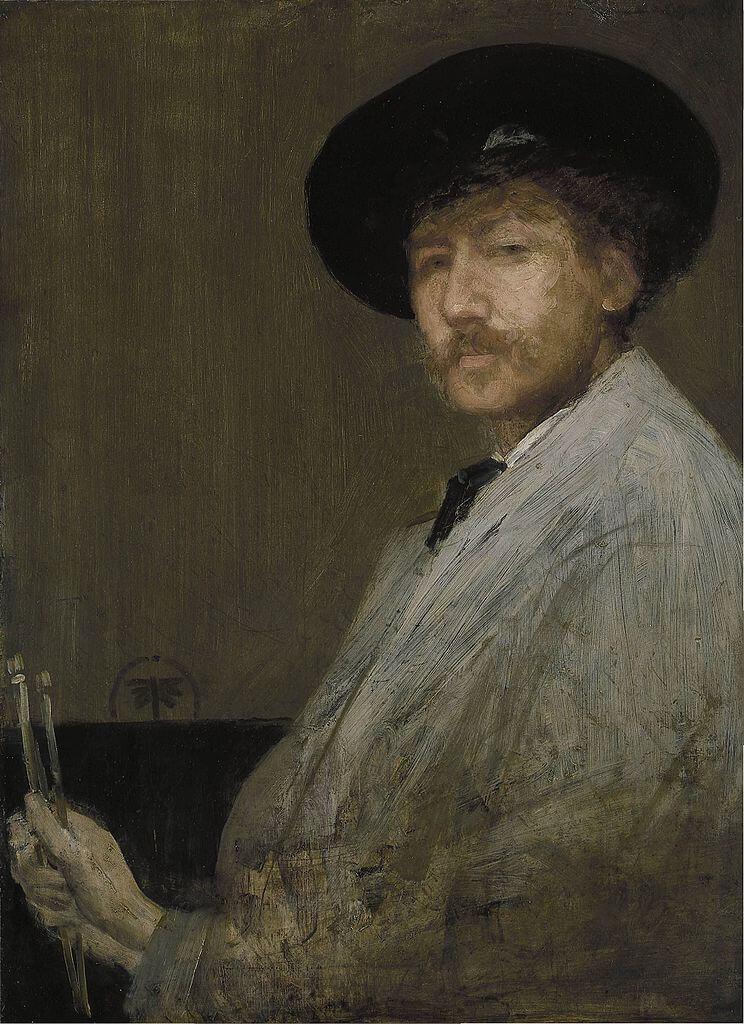
American Artists. 7 masters who surprised the world
Contents:
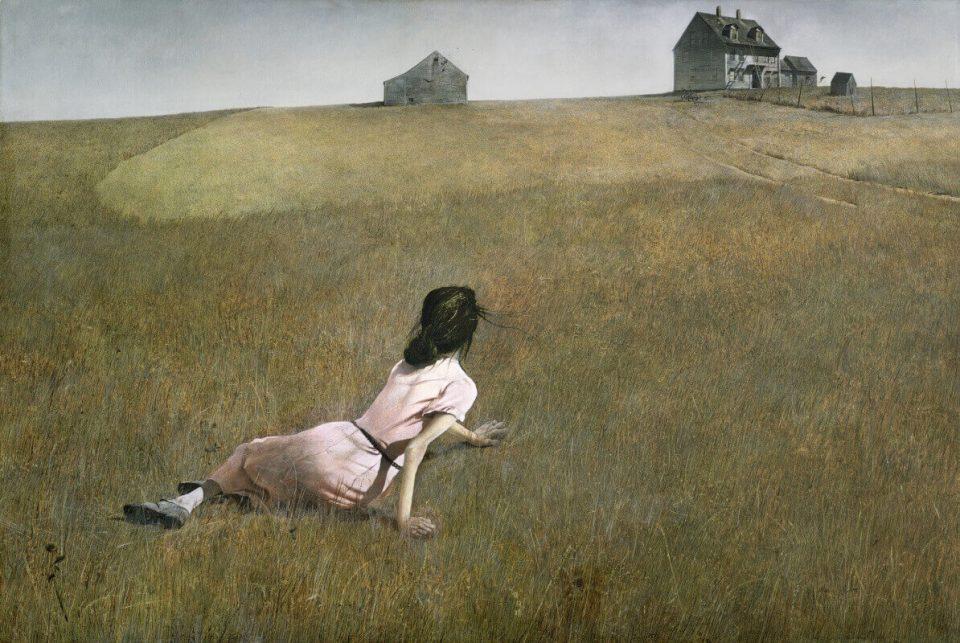
American artists are very diverse. Someone was a clear cosmopolitan, like Sargent. He is an American by origin, but has lived in London and Paris for almost his entire adult life.
There are also authentic Americans among them, who portrayed the life of only their compatriots, like Rockwell.
And there are artists out of this world, like Pollock. Or those whose art has become a product of the consumer society. This, of course, is about Warhol.
However, they are all Americans. Freedom-loving, bold, bright. Read about seven of them below.
1. James Whistler (1834-1903)
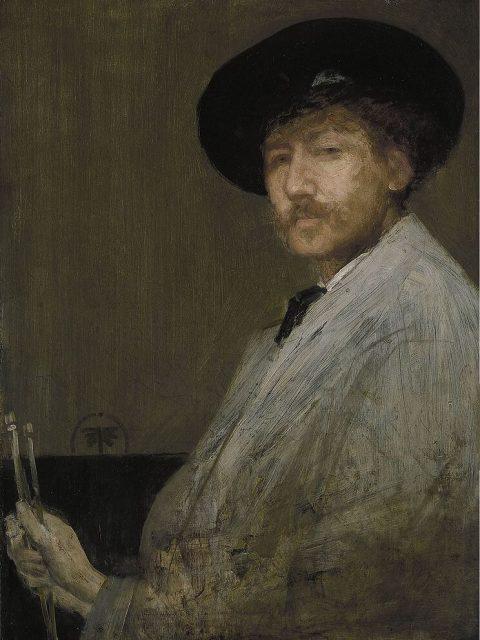
Whistler can hardly be called a real American. Growing up, he lived in Europe. And he spent his childhood at all ... in Russia. His father built a railway in St. Petersburg.
It was there that the boy James fell in love with art, visiting the Hermitage and Peterhof thanks to his father's connections (then they were still palaces closed to the public).
Why is Whistler famous? In whatever style he paints, from realism to tonalism*, he can almost immediately be recognized by two features. Unusual colors and musical names.
Some of his portraits are imitations of old masters. Like, for example, his famous portrait "The Artist's Mother".
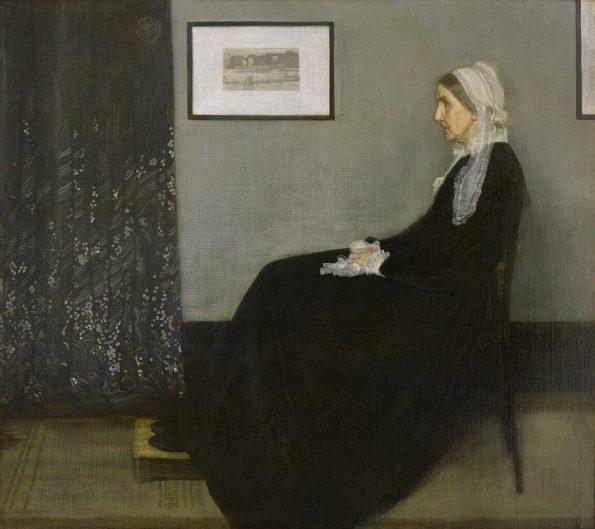
The artist has created amazing work using colors ranging from light gray to dark gray. And some yellow.
But this does not mean that Whistler liked such colors. He was an extraordinary person. He could easily appear in society in yellow socks and with a bright umbrella. And this is when men dressed exclusively in black and gray.
He also has much lighter works than "Mother". For example, Symphony in White. So the picture was called by one of the journalists at the exhibition. Whistler liked the idea. Since then, he called almost all his works in a musical way.
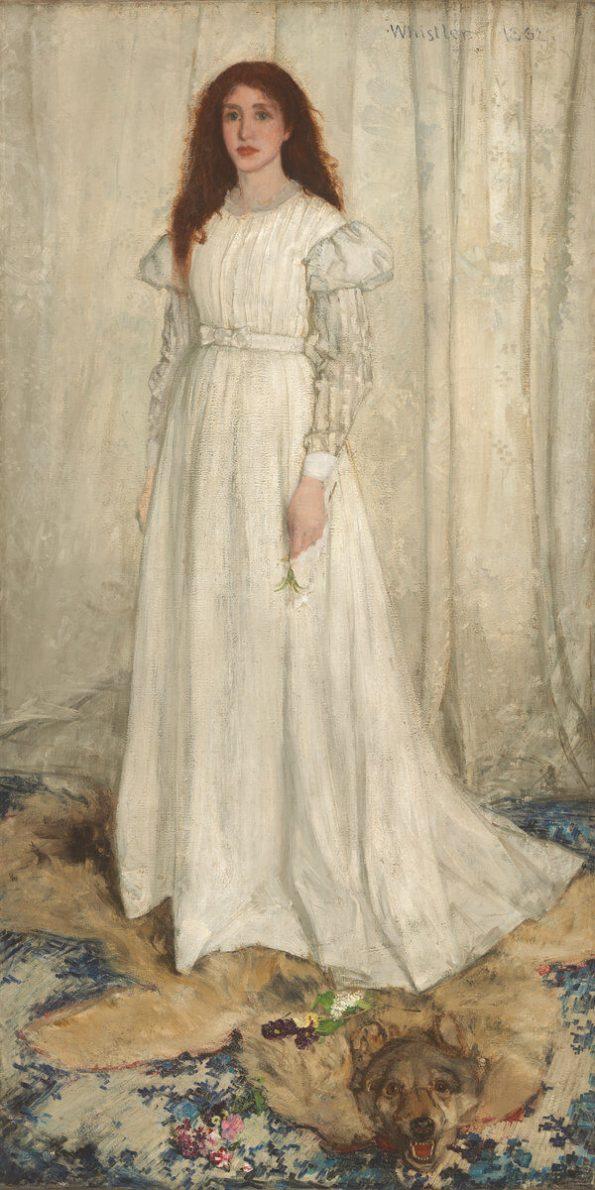
But then, in 1862, the public did not like the Symphony. Again, because of Whistler's idiosyncratic color schemes. It seemed strange to people to write a woman in white on a white background.
In the picture we see Whistler's red-haired mistress. Quite in the spirit of the Pre-Raphaelites. After all, then the artist was friends with one of the main initiators of Pre-Raphaelism, Gabriel Rossetti. Beauty, lilies, unusual elements (wolf skin). Everything is as it should be.
But Whistler quickly moved away from Pre-Raphaelism. Since it was not external beauty that was important to him, but mood and emotions. And he created a new direction - tonalism.
His nocturne landscapes in the style of tonalism really look like music. Monochrome, viscous.
Whistler himself said that musical names help to focus on the painting itself, lines and color. At the same time, without thinking about the place and the people who are depicted.
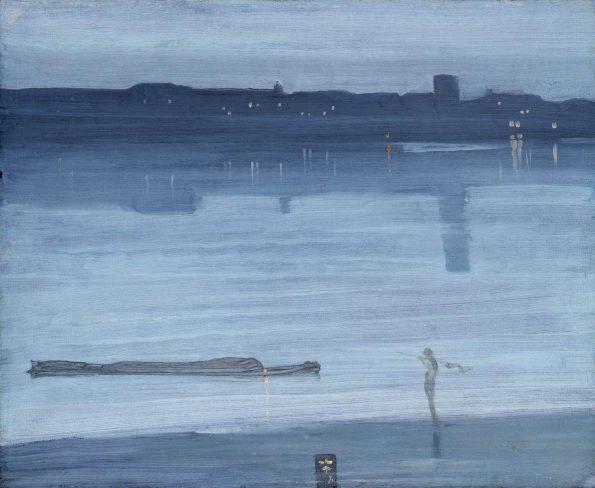
Tonalism, as well as close to it impressionism, in the middle of the 19th century, the public was also not impressed. Too far from the realism popular at the time.
But Whistler will have time to wait for recognition. By the end of his life, his work will be willingly bought.
2. Mary Cassatt (1844-1926)
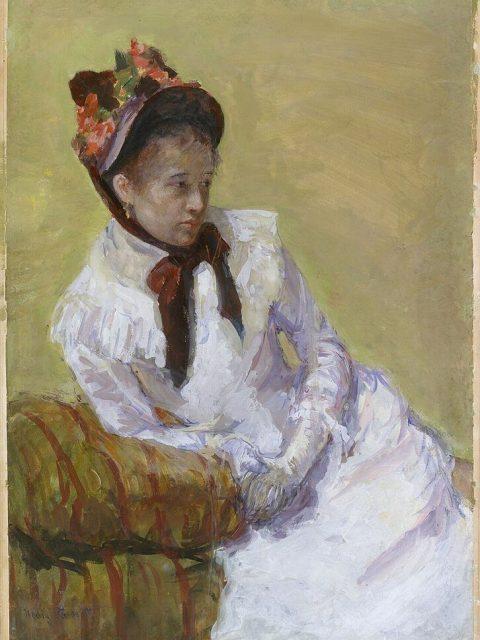
Mary Cassatt was born into a wealthy family. She could live a carefree life. Get married and have children. But she chose a different path. Having given himself a vow of celibacy for the sake of painting.
She was friends with Edgar Degas. Got on Wednesday impressionists, forever carried away by this direction. And her “Girl in a Blue Armchair” is the first impressionist work that the public saw.
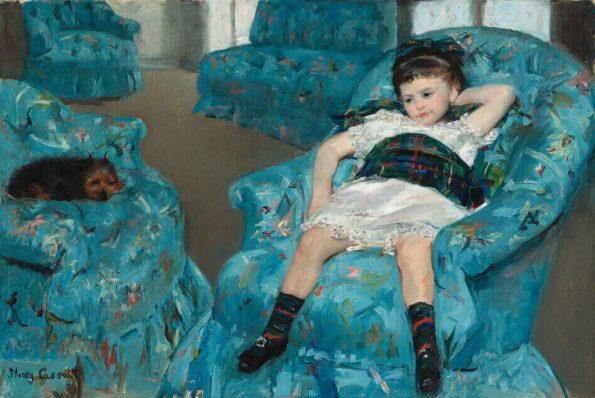
But no one really liked the picture. In the 19th century, children were depicted as obediently sitting angels, with curled curls and rosy cheeks. And here is a child who is clearly bored, sitting in a too relaxed position.
But it was Mary Cassatt, who never had her own children, who was almost the first to portray them as natural as they are.
For that time, Cassatt had a serious "flaw". She was a woman. She could not afford to go alone to the park to paint from nature. Especially to go to a cafe where other artists gathered. All men! What was left for her?
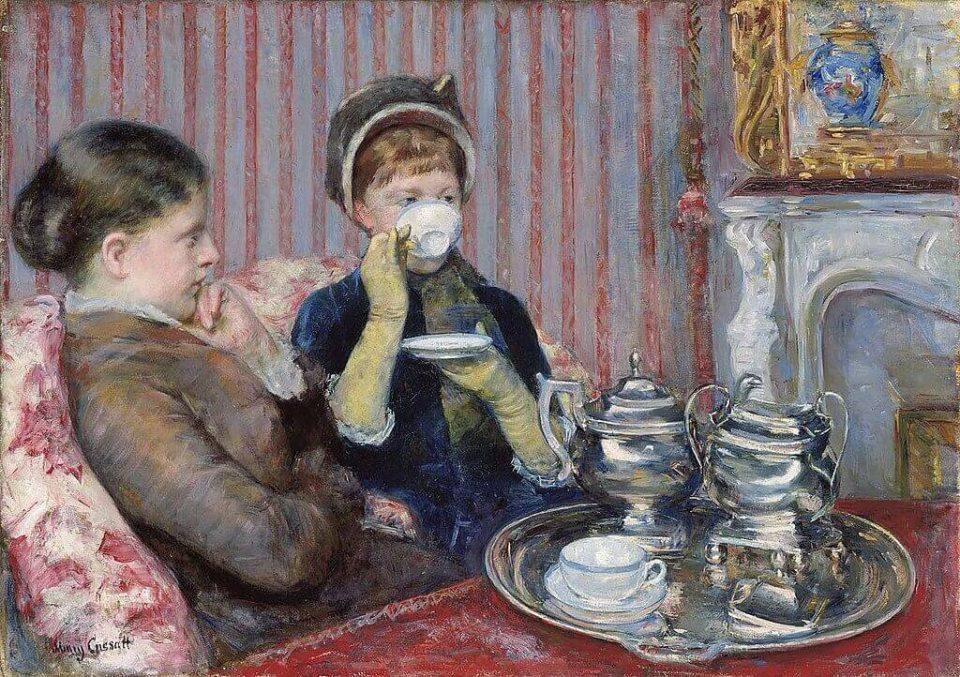
Write monotonous women's tea parties in living rooms with marble fireplaces and expensive tea sets. Life is measured and endlessly boring.
Mary Cassatt did not wait for recognition. At first, she was rejected for her impressionism and supposedly unfinished paintings. Then, already in the 20th century, it was sharply “outdated”, since Art Nouveau was in fashion (Klimt) and Fauvism (Matisse).
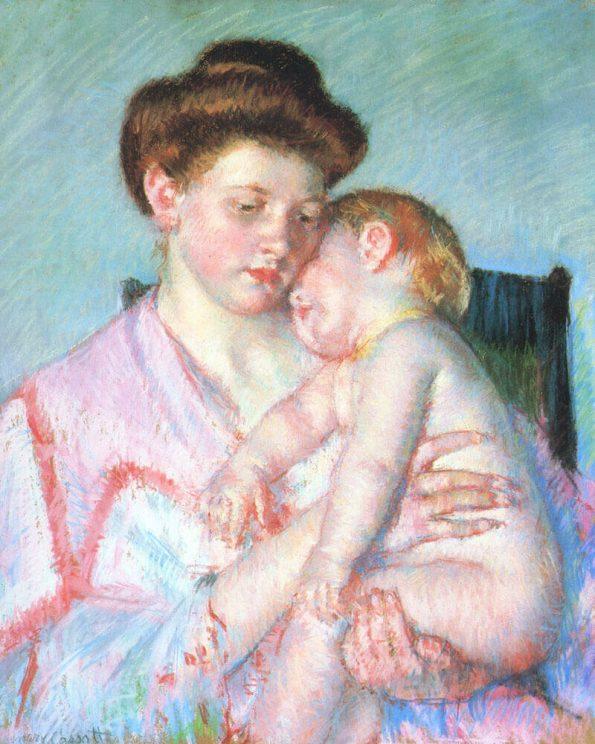
But she remained true to her style to the end. Impressionism. Soft pastel. Mothers with children.
For the sake of painting, Cassatt abandoned motherhood. But her femininity was increasingly manifested precisely in such delicate works as Sleeping Child. It is a pity that a conservative society once put her before such a choice.
3. John Sargent (1856-1925)
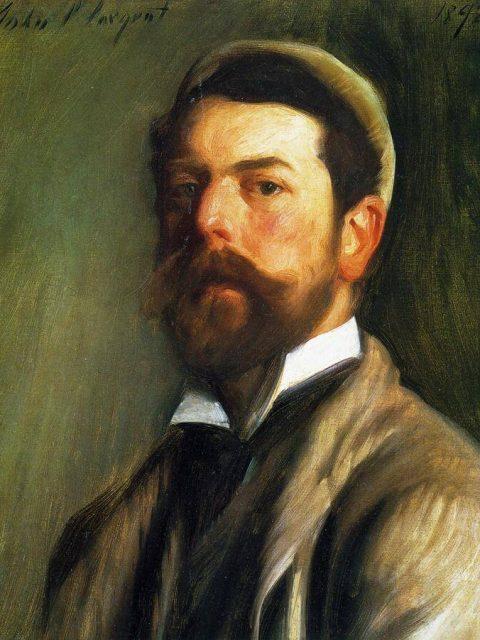
John Sargent was sure that he would be a portrait painter all his life. Career was going well. Aristocrats lined up to order him.
But once the artist crossed the line in the opinion of society. It is now difficult for us to understand what is so unacceptable in the film "Madame X".
True, in the original version, the heroine had one of the bralettes omitted. Sargent "raised" her, but this did not help the case. Orders have come to nothing.
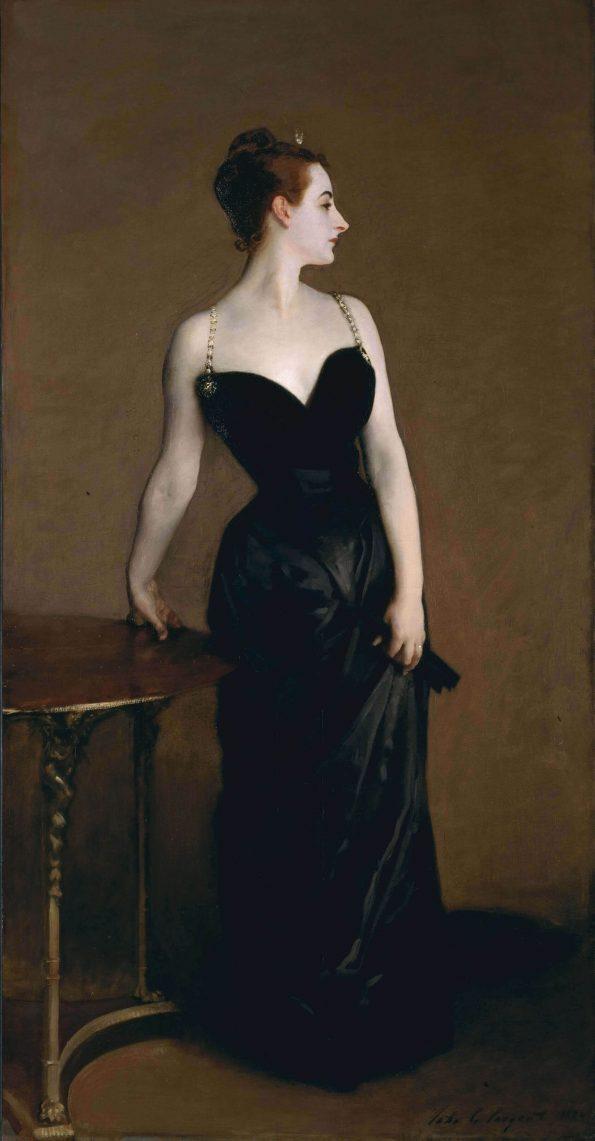
What obscene saw the public? And the fact that Sargent portrayed the model in an overconfident pose. Moreover, translucent skin and a pink ear are very eloquent.
The picture, as it were, says that this woman with increased sexuality is not averse to accepting the courtship of other men. Moreover, being married.
Unfortunately, behind this scandal, contemporaries did not see the masterpiece. Dark dress, light skin, dynamic pose - a simple combination that can only be found by the most talented masters.
But there is no evil without good. Sargent received freedom in return. He began to experiment more with impressionism. Write children in immediate situations. This is how the work “Carnation, Lily, Lily, Rose” appeared.
Sargent wanted to capture a specific moment of twilight. So I only worked 2 minutes a day when the lighting was right. Worked in summer and autumn. And when the flowers withered, he replaced them with artificial ones.
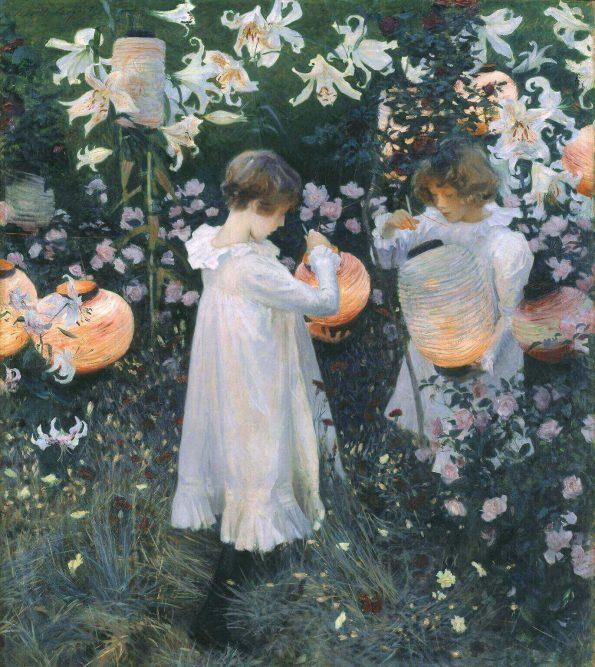
In recent decades, Sargent got so into the taste of freedom that he began to abandon portraits altogether. Although his reputation has already been restored. He even rudely rejected one client, saying that he would paint her gate with great pleasure than her face.
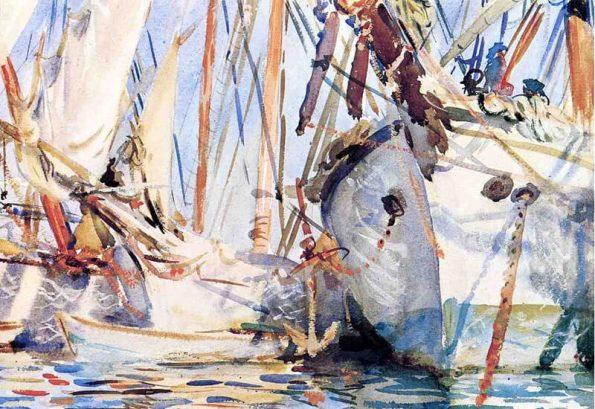
Contemporaries treated Sargent with irony. Considering it obsolete in the age of modernism. But time put everything in its place.
Now his work is worth no less than the work of the most famous modernists. Well, let alone the love of the public and say nothing. Exhibitions with his work are always sold out.
4. Norman Rockwell (1894-1978)
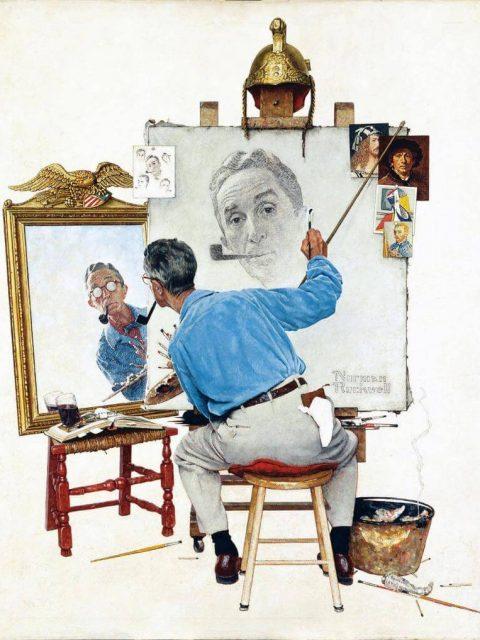
It is difficult to imagine a more popular artist during his lifetime than Norman Rockwell. Several generations of Americans grew up on his illustrations. Loving them with all my heart.
After all, Rockwell portrayed ordinary Americans. But at the same time showing their lives from the most positive side. Rockwell did not want to show either evil fathers or indifferent mothers. And you will not meet unhappy children with him.
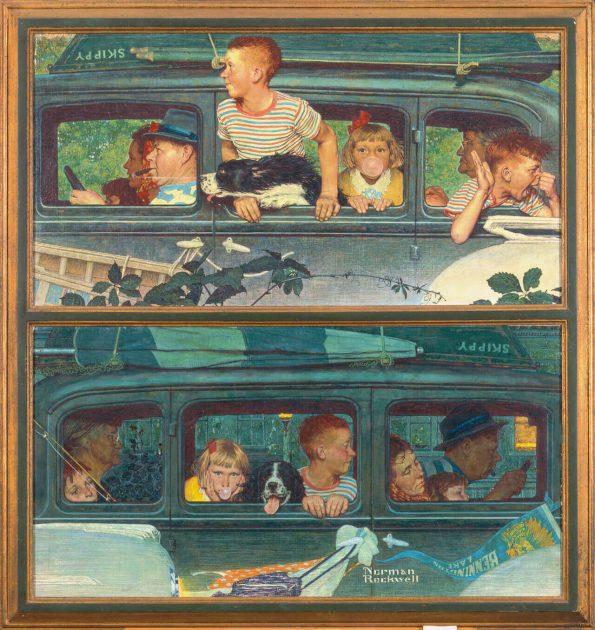
His works are full of humour, juicy colors and very skilfully captured expressions from life.
But it is an illusion that the work was given to Rockwell easily. To create one painting, he would first take up to a hundred photographs with his models to capture the right gestures.
Rockwell's work has had a tremendous impact on the minds of millions of Americans. After all, he often spoke with the help of his paintings.
During the Second World War, he decided to show what the soldiers of his country were fighting for. Having created, among other things, the painting "Freedom from Want". In the form of Thanksgiving, on which all family members, well-fed and satisfied, enjoy the family holiday.
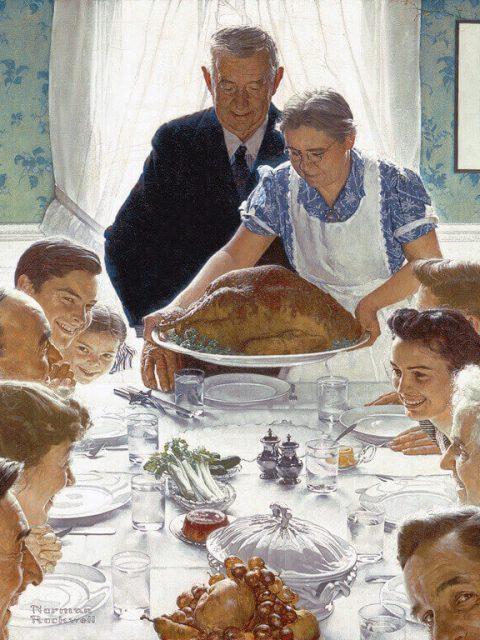
After 50 years at the Saturday Evening Post, Rockwell moved to the more democratic Look magazine, where he was able to express his positions on social issues.
The brightest work of those years is “The Problem We Live With”.
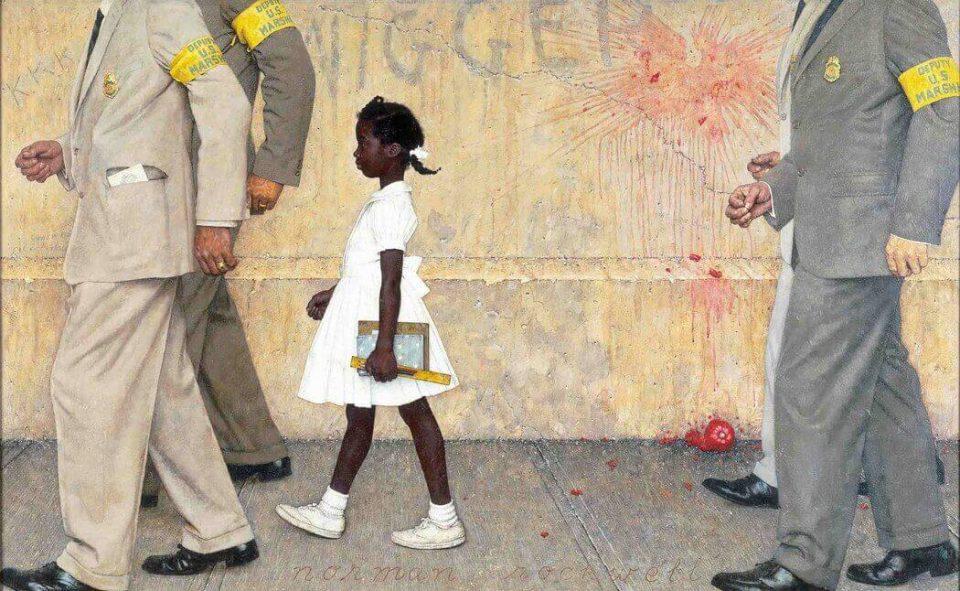
This is the true story of a black girl who went to a white school. Since a law was passed that people (and hence educational institutions) should no longer be divided along racial lines.
But the anger of the inhabitants knew no bounds. On the way to school, the girl was guarded by the police. Here is such a "routine" moment and showed Rockwell.
If you want to know the life of Americans in a slightly embellished light (as they themselves wanted to see it), be sure to look at Rockwell's paintings.
Perhaps, of all the painters presented in this article, Rockwell is the most American artist.
5. Andrew Wyeth (1917-2009)
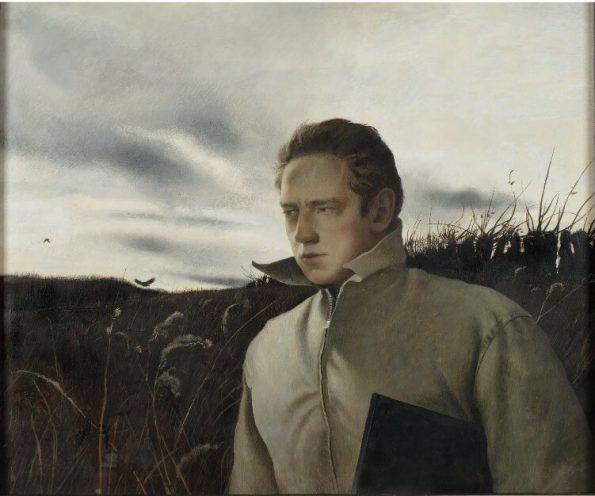
Unlike Rockwell, Wyeth was not as positive. A recluse by nature, he did not seek to embellish anything. On the contrary, he depicted the most ordinary landscapes and unremarkable things. Just a wheat field, just a wooden house. But he even managed to peep something magical in them.
His most famous work is Christina's World. Wyeth showed the fate of one woman, his neighbor. Having been paralyzed since childhood, she crawled around the area around her farm.
So there is nothing romantic in this picture, as it might seem at first. If you look closely, then the woman has painful thinness. And knowing that the heroine's legs are paralyzed, you understand with sadness how far she is still far from home.
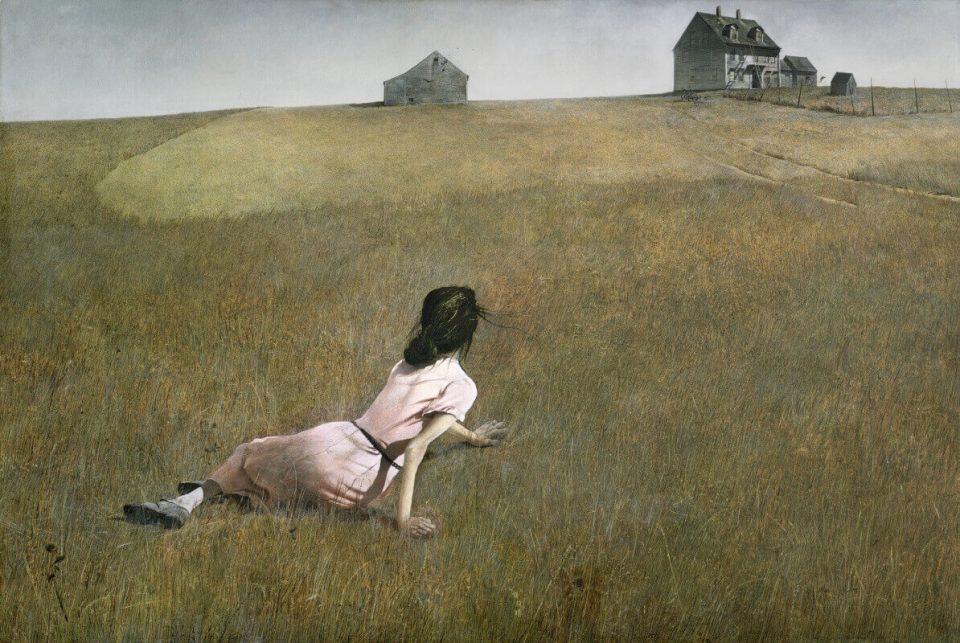
At first glance, Wyeth wrote the most mundane. Here is the old window of the old house. A shabby curtain that has already begun to turn into shreds. Outside the window darkens the forest.
But there is some mystery in all this. Some other look.
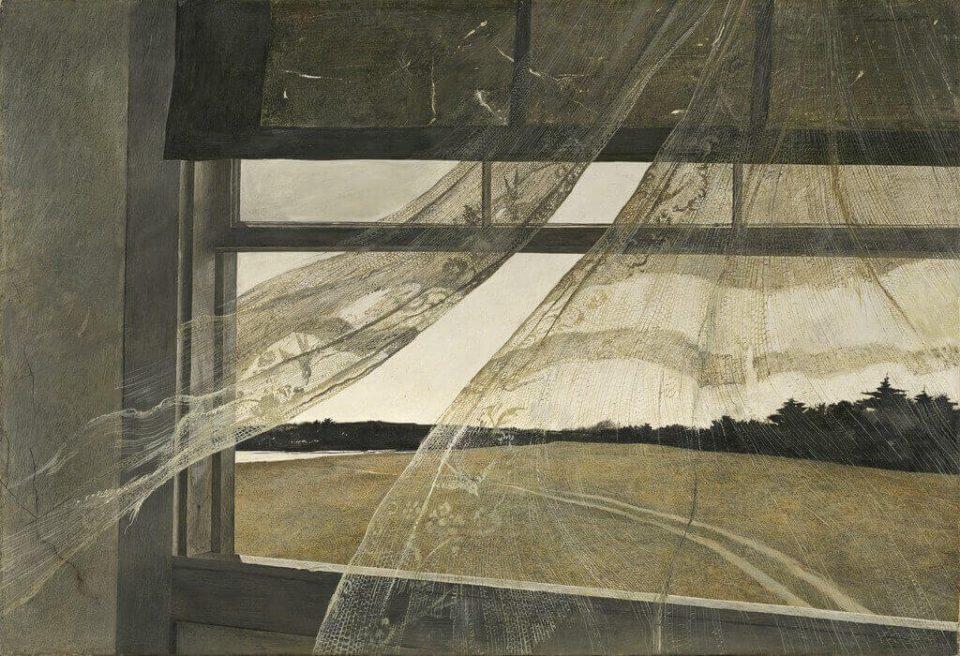
So children are able to look at the world with an unblinkered look. So does Wyatt. And we are with him.
All Wyeth's affairs were handled by his wife. She was a good organizer. It was she who contacted museums and collectors.
There was little romance in their relationship. The music had to appear. And she became a simple, but with an extraordinary appearance Helga. This is what we see in many works.
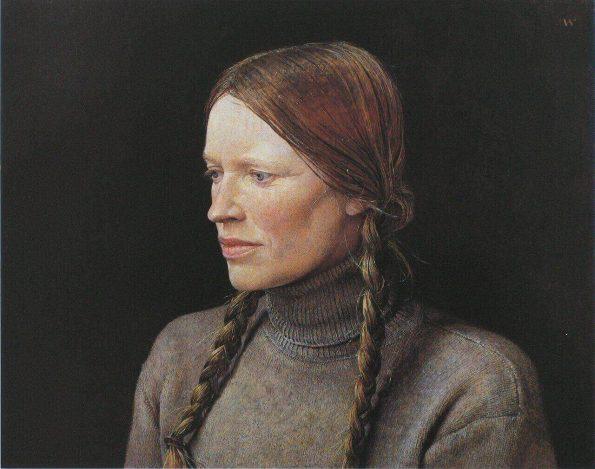
It would seem that we see only a photographic image of a woman. But for some reason, it's hard to break away from it. Her eyes are too complex, her shoulders tense. We, as it were, are straining internally with her. Struggling to find an explanation for this tension.
Depicting reality in every detail, Wyeth magically endowed her with emotions that cannot leave indifferent.
The artist was not recognized for a long time. With his realism, albeit magical, he did not fit into the modernist trends of the 20th century.
When museum workers bought his works, they tried to do it quietly, without attracting attention. Exhibitions were rarely organized. But to the envy of the modernists, they have always been a resounding success. People came in droves. And they still come.
Read about the artist with the article Christine's World. Andrew Wyeth's Masterpiece."
6. Jackson Pollock (1912-1956)
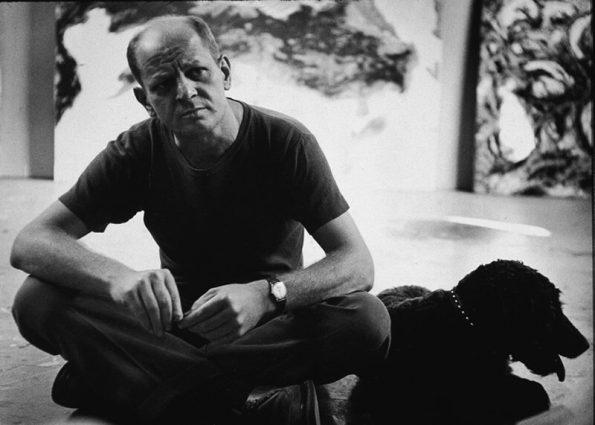
Jackson Pollock is impossible to ignore. He crossed a certain line in art, after which painting could not be the same. He showed that in art, in general, you can do without boundaries. When I laid the canvas on the floor and spattered it with paint.
And this American artist began with abstractionism, in which the figurative can still be traced. In his work of the 40s "Shorthand Figure" we see the outlines of both the face and the hands. And even understandable to us symbols in the form of crosses and zeros.
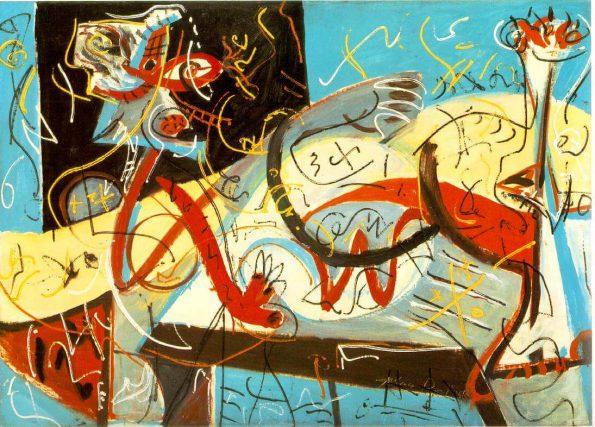
His work was praised, but they were in no hurry to buy. He was as poor as a church mouse. And he drank shamelessly. Despite a happy marriage. His wife admired his talent and did everything for her husband's success.
But Pollock was originally a broken personality. From his youth, it was clear from his actions that early death was his lot.
This brokenness as a result will lead him to death at the age of 44. But he will have time to make a revolution in art and become famous.
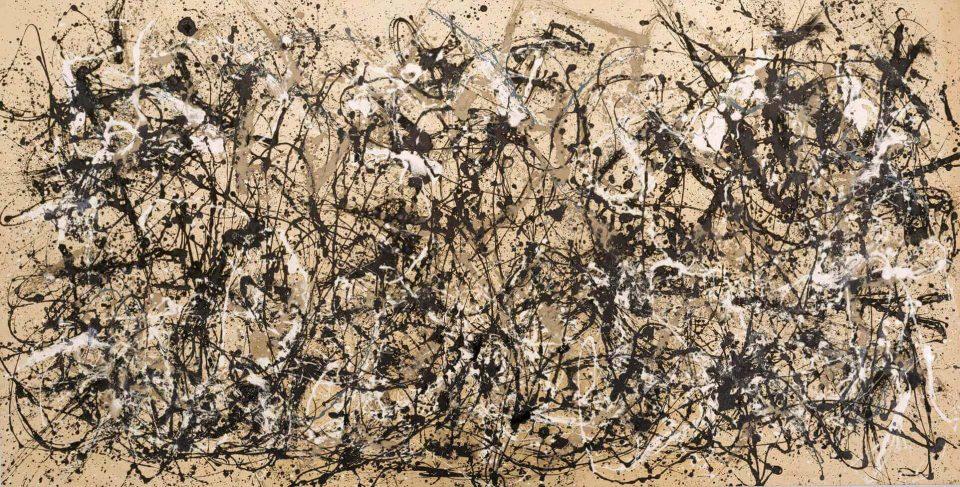
And he did it in a period of two years of sobriety. He was able to work fruitfully in 1950-1952. He experimented for a long time until he came to the drip technique.
Laying out a huge canvas on the floor of his shed, he walked around it, being, as it were, in the picture itself. And sprayed or just poured paint.
These unusual paintings began to be bought from him willingly for their incredible originality and novelty.
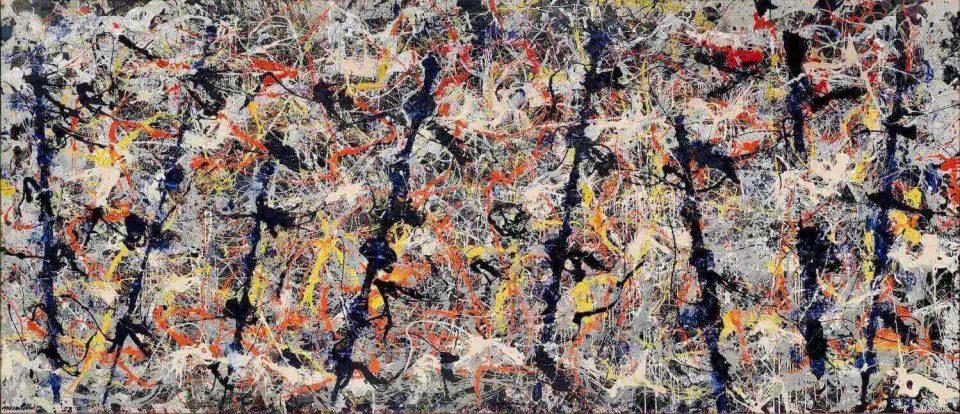
Pollock was stunned by fame and fell into a depression, not understanding where to go next. The deadly mixture of alcohol and depression left him no chance of survival. Once he got behind the wheel very drunk. Last time.

7. Andy Warhol (1928-1987)
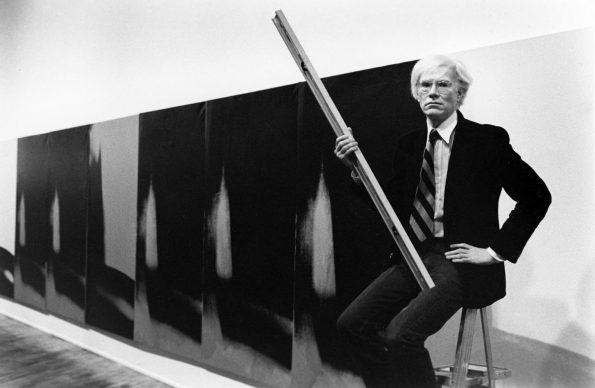
Only in a country with such a cult of consumption, as in America, could pop art be born. And its main initiator was, of course, Andy Warhol.
He became famous for taking the most ordinary things and turning them into a work of art. That's what happened to Campbell's soup can.
The choice was not accidental. Warhol's mother fed her son this soup every day for over 20 years. Even when he moved to New York and took his mother with him.
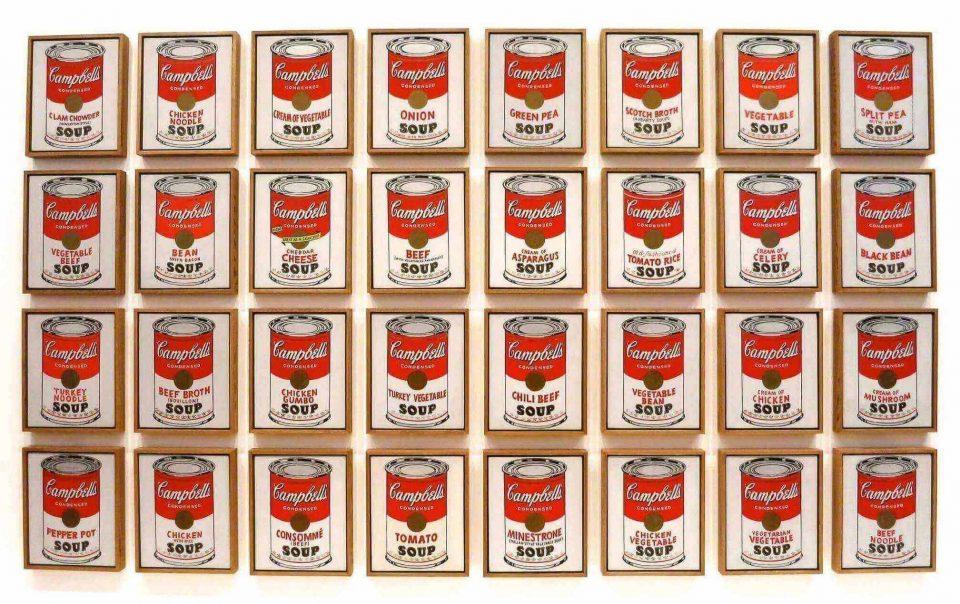
After this experiment, Warhol became interested in screen printing. Since then, he has taken images of pop stars and painted them in different colors.
This is how his famous painted Marilyn Monroe appeared.
A myriad of such Marilyn acid colors were produced. Art Warhol put on stream. As expected in a consumer society.
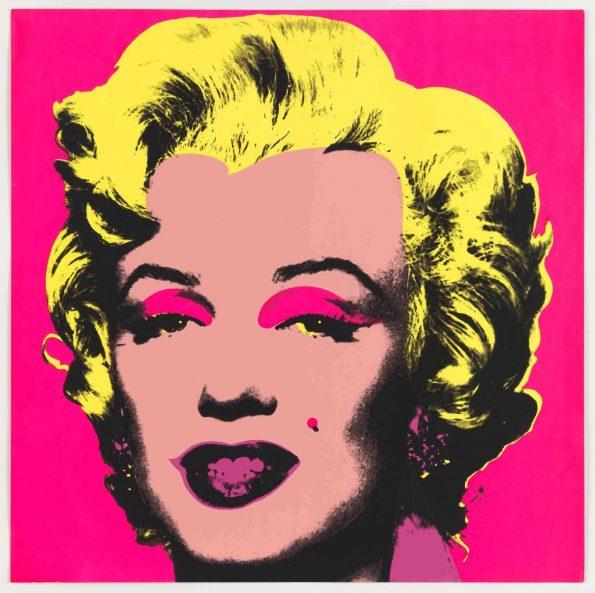
Painted faces were invented by Warhol for a reason. And again, not without the influence of the mother. As a child, during a protracted illness of her son, she dragged him packs of coloring books.
This childhood hobby grew into something that became his calling card and made him fabulously rich.
He painted not only pop stars, but also the masterpieces of his predecessors. Got it and "Venus" Botticelli.
Venus, like Marilyn, has done a lot. The exclusivity of a work of art is "erased" by Warhol to powder. Why did the artist do this?
To popularize old masterpieces? Or, conversely, try to devalue them? To immortalize pop stars? Or spice up death with irony?
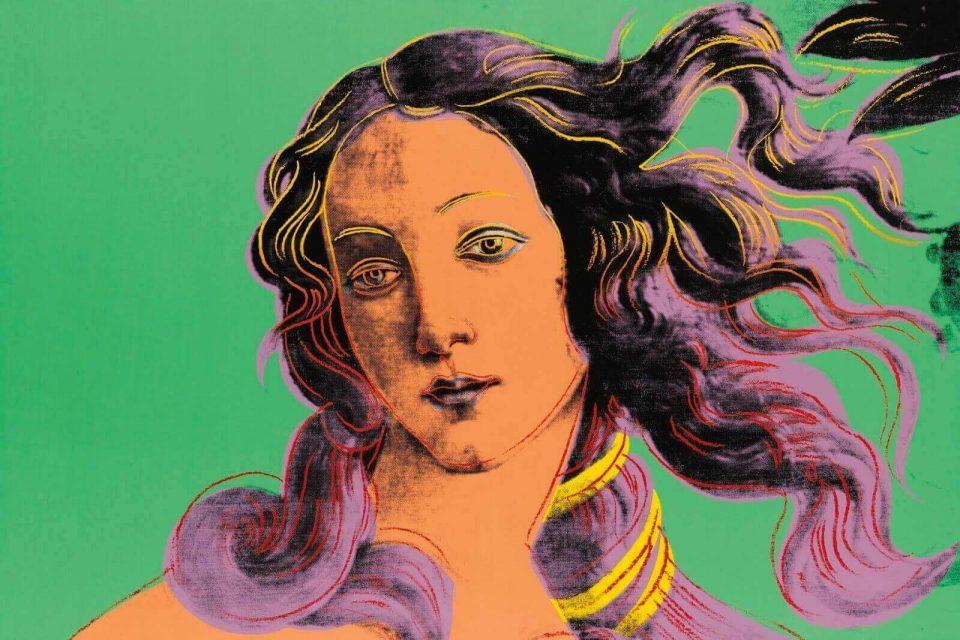
His painted works of Madonna, Elvis Presley or Lenin are sometimes more recognizable than the original photos.
But the masterpieces are unlikely to be overshadowed. All the same, the primordial "Venus" remains priceless.
Warhol was an avid party-goer, attracting a lot of outcasts. Drug addicts, failed actors or just unbalanced personalities. One of which once shot him.
Warhol survived. But 20 years later, due to the consequences of a wound he once suffered, he died alone in his apartment.
US melting pot
Despite the short history of American art, the range is wide. Among American artists there are Impressionists (Sargent), and magical realists (Wyeth), and abstract expressionists (Pollock), and pioneers of pop art (Warhol).
Well, Americans love freedom of choice in everything. Hundreds of denominations. Hundreds of nations. Hundreds of art directions. That's why he is the melting pot of the United States of America.
* Tonalism - monochrome landscapes of gray, blue or brown shades, when the image is as if in a fog. Tonalism is considered an offshoot of impressionism, as it conveys the artist's impression of what he saw.
***
Comments other readers see below. They are often a good addition to an article. You can also share your opinion about the painting and the artist, as well as ask the author a question.
English version of the article
Leave a Reply